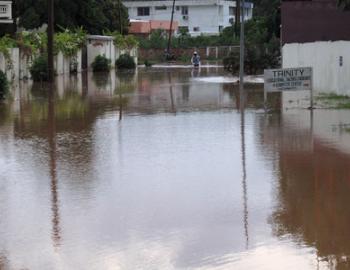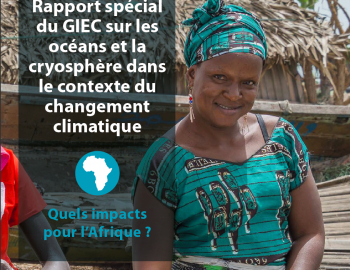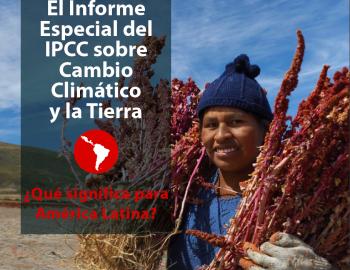The heavy precipitation event in Chennai, India, 1 December 2015
The heavy precipitation event in Chennai, India, 1 December 2015
A relentless downpour pounded Tamil Nadu’s capital city of Chennai on 1 December 2015, flooding and submerging one of India’s largest cities. The heaviest one-day rainfall in the region in more than a century – as much as 494 mm (19.45 inches) – left more than three million people without basic services, collapsed roads and bridges, and halted air and train travel in and out of the city, stranding hundreds of passengers. “Chennai has become a small island,” said India Home Minister Rajnath Singh.
The catastrophic rains not only isolated the city, but forced tens of thousands from their homes. The military dropped food supplies to residents stranded on rooftops. For the first time in its 137-year history, the local paper went unpublished because staff could not reach the press. On 2 December, authorities declared Chennai a disaster zone. Costs to India’s economy due to the flood waters in Chennai are estimated at US$3 bn.
A scientific team comprising Climate Central, the Royal Netherlands Meteorological Institute (KNMI), the University of Oxford and the Indian Institute of Technology Delhi (IITD) – as part of the World Weather Attribution (WWA) partnership, which also includes the Red Cross/Red Crescent Climate Centre and the University of Melbourne – assessed whether the downpour which affected Chennai on 1 December 2015 could in part be attributed to human emissions of greenhouse gases in the atmosphere and related climate change. This science summary, which first appeared in the Bulletin of the American Meteorological Society, outlines the team’s overall methodology and conclusions.
Key messages
- Record rainfall in a 24-hour period led to catastrophic flooding in Chennai, India. The city was declared a disaster zone.
- The downpour occurred during the 2015 rainy season, which coincided with a strong El Niño, record warm global surface temperatures and high Indian Ocean temperatures.
- Very high levels of aerosol pollution exist over much of India, including the area around Chennai. Aerosols counteract the warming effects of greenhouse gases.
- For the extreme event attribution analysis, scientists used a multi-method approach that included climate models and observational weather data.
- No measurable effect of human-caused emissions was detected in the extreme one-day rainfall in Chennai on 1 December 2015, likely because of the masking effects of aerosol pollution.
Download the science summary here: The heavy precipitation event in Chennai, India, 1 December 2015



